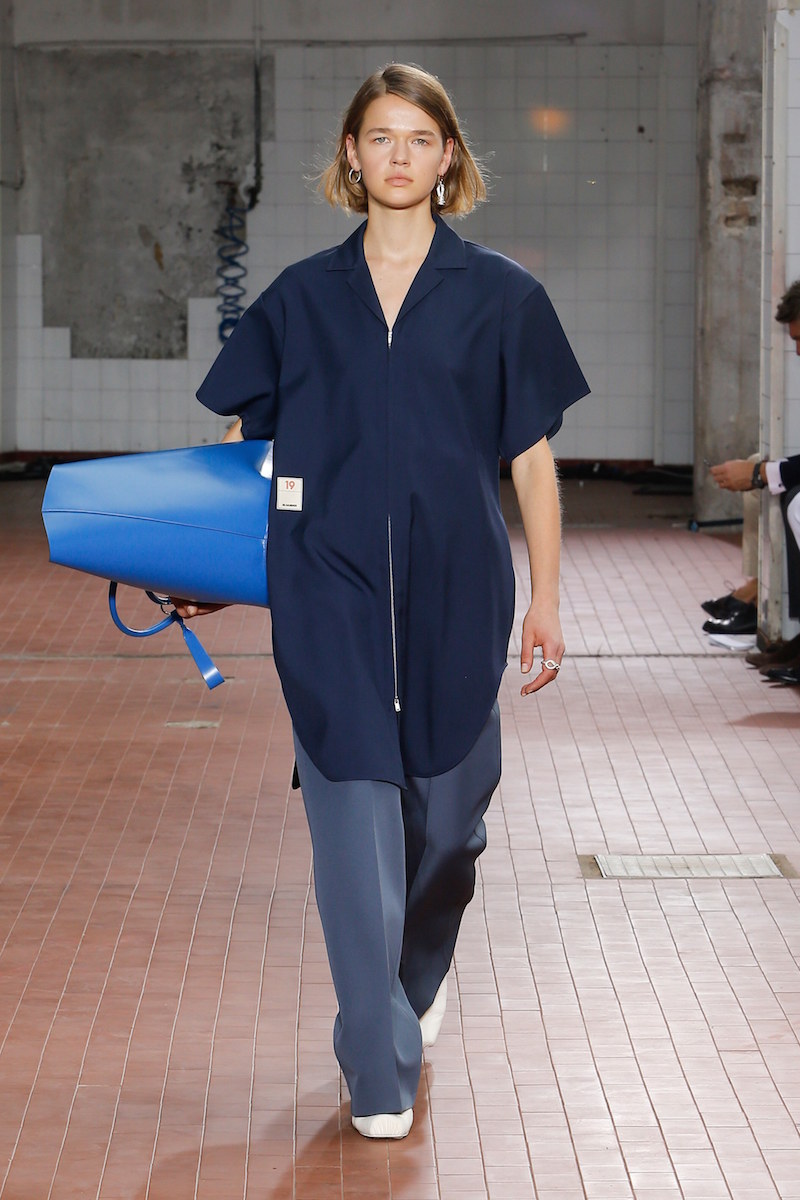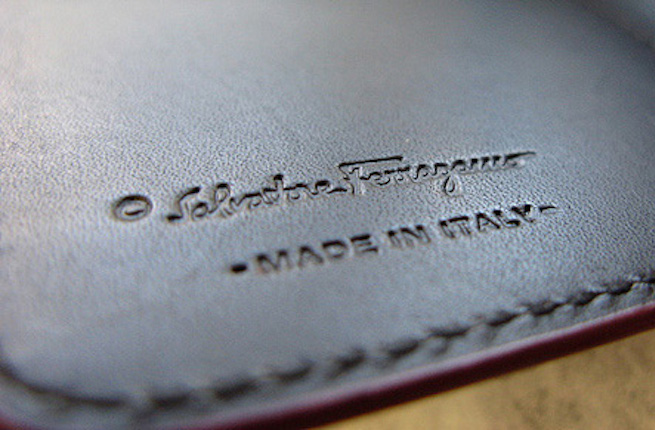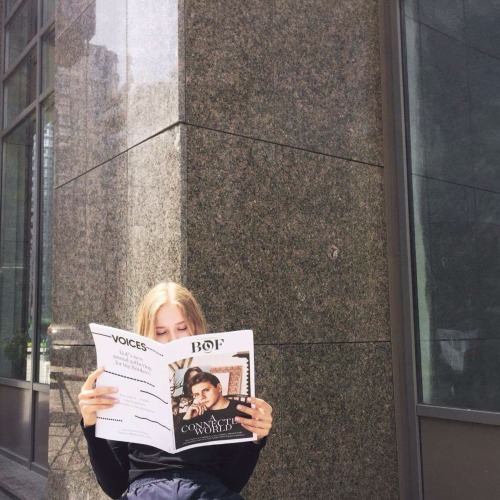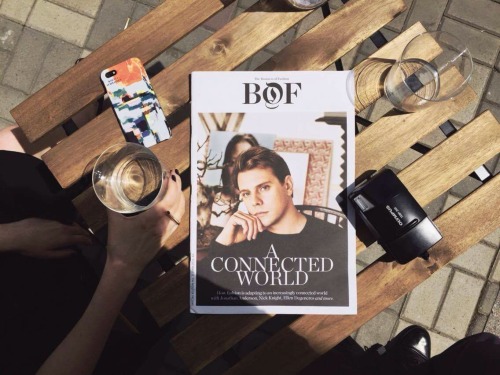SYDNEY, Australia — In the wake of last year’s tragedy at Rana Plaza in Bangladesh, much has been written about the widening gap between producer and end consumer in the global garment industry. As fast fashion companies, in particular, aim to speed up production, while simultaneously increasing profit margin, supply chains have become increasingly murky and customers are often left with little idea as to where, how and by whom their clothes are made.
Unfortunately, the rise of e-commerce has done nothing to improve transparency, as consumers shopping most fashion e-tailers are exposed to very limited information on how and where their clothes are made, making it difficult to make responsible choices. Unlike shopping at traditional brick-and-mortar stores, shoppers can’t touch clothes to assess quality, read tags for manufacturing information, or ask a shop assistant about the origin of an item. Instead, they must rely on the limited information provided on product detail pages, which, in most cases, says nothing about country of origin, let alone the specific conditions at the factories where items are made.
Country of origin (COO), or the “Made in” tag, is a basic form of labelling that most clothing manufacturers feature on their products. The legal requirements for COO labelling vary from country to country. In the US, the Textile Fiber Products Identification Act requires that a “textile product made entirely abroad must be labeled with the name of the country where it was processed or manufactured.” Most of Europe, the UK and Australia have no such legislation, but it is considered best practice to include this information on clothing tags. Yet log on to your favourite fashion e-commerce store and it’s all but impossible to find out where a piece of clothing was made.
In fact, some large multi-brand websites, including Net-a-Porter and MyWardrobe, fail to mention the country of origin of the products on their website, even though the Textiles and Wool Act states that imported products must be labelled as such “in mail order or internet advertising, such as catalogs, including that disseminated on the Internet.”
Daisy Gardner, corporate accountability and fair trade advisor for Oxfam Australia says that simple COO information enables consumers to ask companies questions about the conditions for workers in that country. “When e-retailers do not provide even country of origin on their websites it takes away even the most basic information about where the garment was made,” she says. “If retailers want to be part of CSR (Corporate Social Responsibility) international best practice they need to not only disclose the country of origin, but also provide public lists of all their supplier factories.”
It’s not hard to see why fast fashion websites selling products manufactured in places like Bangladesh would want to obscure this fact, considering the widespread issues with human rights and worker safety that plague the country. More surprising is that luxury e-tailers don’t include COO information either, even when it has positive connotations such as “Made in France.” COO can be a selling point, particularly for luxury or premium product. And yet, still, very few high-end e-commerce stores include this information.
Alice Strevens, senior ethical trade and sourcing manager at ASOS, acknowledged the importance of providing customers with information that helps to demystify the supply chain. “We are dedicated to informing our consumers about what we do and how we do it, and as a result have a website committed to openly sharing this information,” she says. But information on the ASOS website focuses on high level ethical codes and standards rather than providing specific information about individual products, meaning there is no way for customers to quickly check where something is made before purchasing, as they are able to do in a brick-and-mortar store, simply by looking at the label of the garment.
And yet the very nature of e-commerce allows companies to disseminate product information more easily than at traditional retail, giving them the unique opportunity to empower customers with in-depth product knowledge, which only needs to be input once when the product is uploaded to a site’s content management system. There is already someone, usually a content writer, entering sizing, fabric and care information; manufacturing information could easily also be included at this stage. But despite this, most fashion e-commerce companies include a bare minimum of information on how and where products are made.
Sara Brinton, digital marketing and e-commerce manager for ethical retailer People Tree says that the detailed manufacturing information they provide on their product pages has increased sales. “When we created the ‘How It’s Made’ section on the website and shared it with our customers on social media, we received very positive feedback. We think it does positively impact sales and we’re working now to add even more information about how our products are made to our website.”
In an industry where it’s becoming more and more difficult for consumers to unravel complex supply chains in order to determine where their clothes are made, the majority of online stores are further obscuring the reality of garment manufacturing. If fashion is going to take its ethical responsibilities seriously, manufacturing information must be made available to customers, who will then have the opportunity to hold retailers accountable for the working conditions of the people who make their clothes. Being transparent about country of origin is a small but important step in demystifying the fashion supply chain and ensuring that workers receive fare wages and decent conditions.
Madelin Newman is a freelance writer based in Sydney.




 A made in Italy label | Source: The Business of Fashion
A made in Italy label | Source: The Business of Fashion

